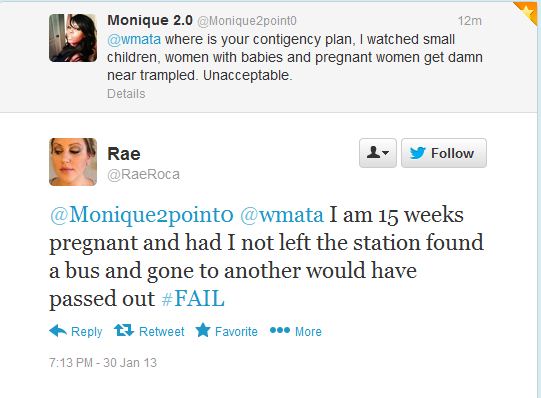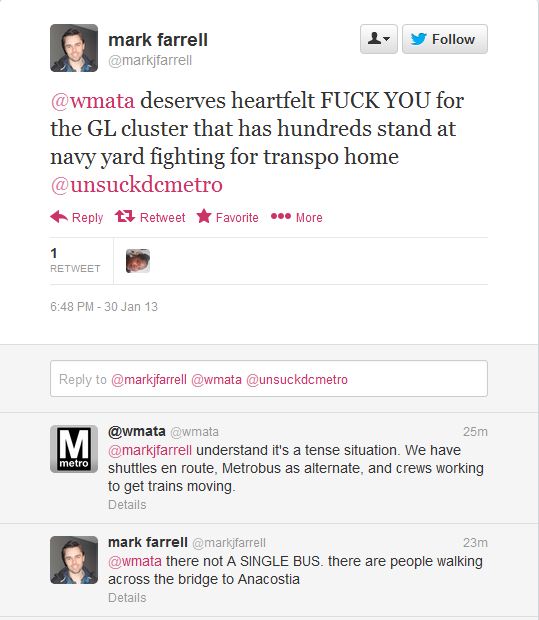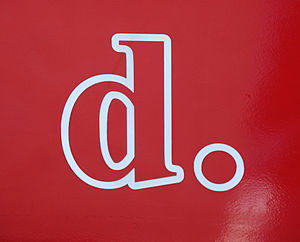Description
Foursquare Integrated Transportation Planning (Foursquare ITP) is looking for a qualified Transportation Planner and a Senior Transportation Planner / Project Manager to contribute to, assist, lead, and/or manage teams on a diverse array of transportation projects for state and local governments, federal agencies, transit agencies, and regional agencies. Foursquare ITP is a transportation planning firm based in Rockville, Maryland. As a small firm we are able to give our clients the personalized focus that they seek and deserve. We offer our clients expertise in regional transportation planning and coordination, public transit planning, strategic planning, and transportation demand management. For an overview of the types of projects that Foursquare ITP works on, please visit www.foursquareitp.com. 
The selected candidates will work as part of a team and will be responsible for research, analysis, report development, field work and meeting participation on a wide variety of transportation projects. The selected candidates will be involved in a variety of projects, including transit development plans, transportation needs assessments, station area plans, transit route planning, financial planning, transit performance monitoring, and federal grant management. The positions will require research and data analysis utilizing a variety of sources, including transit ridership data, Census, socioeconomic, land use, survey data, and existing plan information. The Transportation Planner position will also require an understanding and working knowledge of federal grant requirements.
In addition to having the appropriate technical skills, the successful candidates will be smart, motivated, self-starters who are passionate about transit and transportation planning. The candidates must also be flexible in meeting client demands and operating within a dynamic workflow.
Qualifications
Any potential position at Foursquare ITP requires excellent communication skills, both written and oral. Topical area expertise in transit planning; transit program implementation; corridor-level transit planning; regional transportation planning; transit development plans; federal transit grant management; transportation demand management (TDM); Environmental Impact Statements/Environmental Assessments; land use and economic development analysis; and strategic planning. A strong working knowledge of the Washington Metropolitan area is desired.
The Senior Transportation Planner / Project Manager must have at least 12 years of experience in the field (15 or more years preferred) and at least 3 years of project management experience. Experience managing staff and overseeing projects from the technical and administrative sides is required. Appropriate educational background is also required, including preferably a Master’s degree in
transportation planning, urban planning, or similar. The Transportation Planner must have five years of experience in the field; a Master’s degree in transportation planning, urban planning or similar may be used to substitute for two years of experience.
Résumés will be accepted through Friday January 25, 2013 to resumes@foursquareitp.com.



































